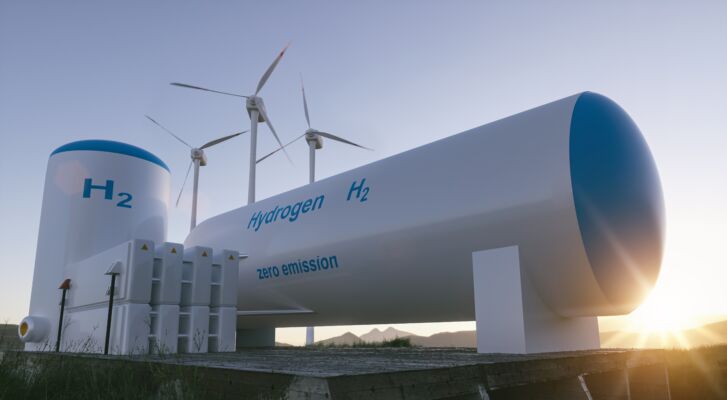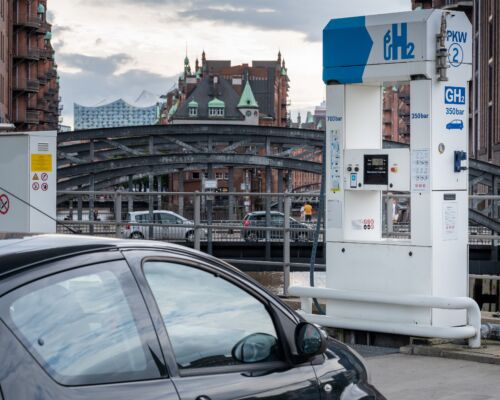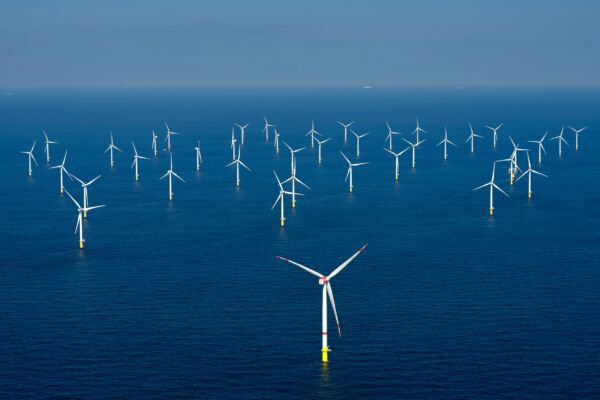The 1.3-billion-euro Clean Hydrogen Coastline project intends to lay the foundation for a sustainable European hydrogen economy. Projected for completion in 2026, it could reduce CO2 usage by around 8 million tons per year.
But what use is hydrogen if there is nobody to use it? Hydrogen-fueled cars are still few and far between in Europe, and the alternative energy source is reduced to niche applications in other areas. That’s why the megaproject involves not only hydrogen producers but also major customers from the steel industry. A total of seven companies have joined forces in an industrial partnership: Steel producer ArcelorMittal Bremen, energy supplier EWE, commercial vehicle manufacturer FAUN, transmission system operator Gasunie, transmission system operator TenneT, and regional supply and disposal company swb. They cover the entire value chain of the hydrogen economy – from electricity producer and hydrogen producer through to large-sized industrial enterprises that are guaranteed to purchase and consume.
What is the Clean Hydrogen Coastline?
The industrial partners’ plan to build electrolysers in northern Germany with an initial total capacity of 200 MW. At optimum expansion, they are expected to generate up to 400 MW of energy. These electrolysers are intended to provide useful support for wind turbines by using the energy harnessed during energy peaks to produce hydrogen, which in turn can be used in steel production or for hydrogen-based commercial vehicles. This could prove extremely worthwhile.
Currently, when excess wind power is generated, all the buffer storage facilities are filled, and the power is exported to companies that need it. At some point, however, storage facilities will be full and the market saturated. This could lead to the closure of wind farms and mean that operators receive their compensation – compensation known as the grid fee. In 2019 alone, grid fee compensation passed on to consumers amounted to 719 million euros*. This remuneration could be saved with enough electrolysers. When the storage facilities are full, the electricity is used to produce hydrogen, where it can be consumed by industrial companies.
Why hydrogen and wind power go hand-in-hand
Tim Meyerjürgens, Managing Director of the aforementioned transmission system operator TenneT, backs the opinion that the development of green hydrogen rests largely on renewables like wind energy. “Green hydrogen should be produced wherever the required electricity is also generated from renewable sources. This avoids unnecessarily large power flows and helps limit additional expansion of the power grids.” He went on to add, “Suitable sites can already be identified in northwest Germany. With the connection of additional renewables, especially offshore, the potential for more hydrogen plants continues to grow*.”
Wind energy is currently the most cost-effective and widely available renewable energy source in Germany. And, when paired with hydrogen, it is an important step in the energy transition.



